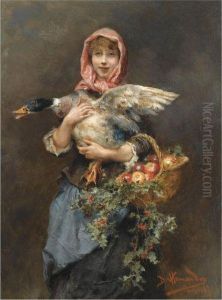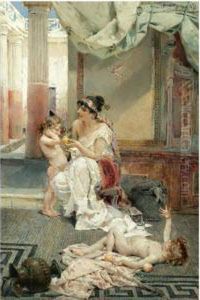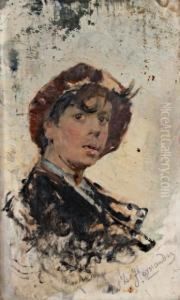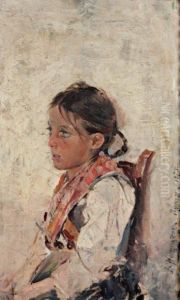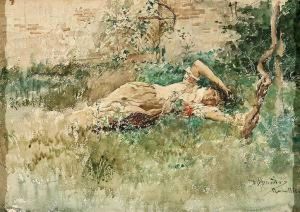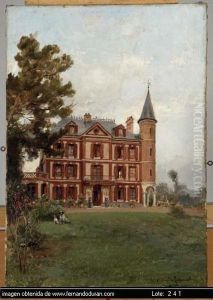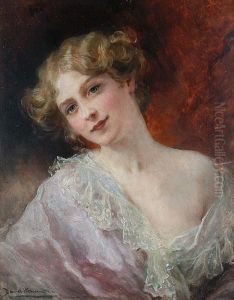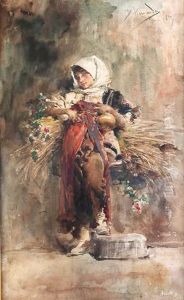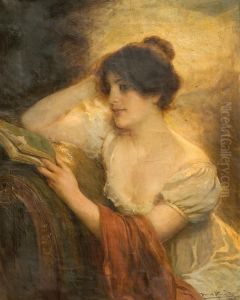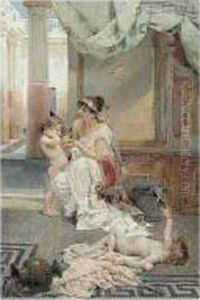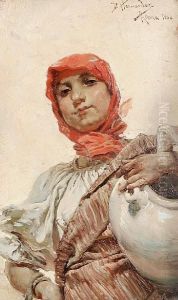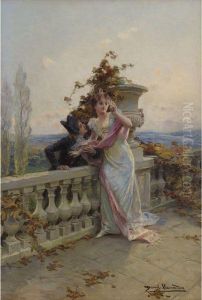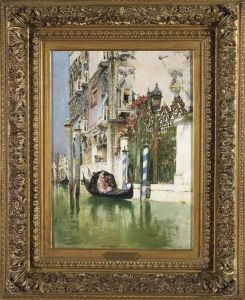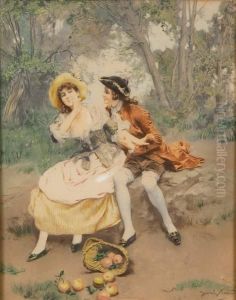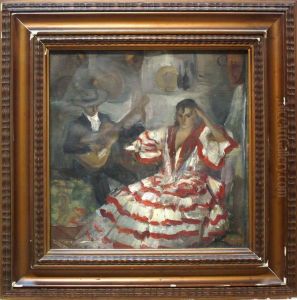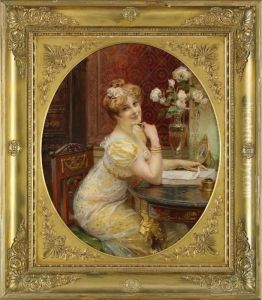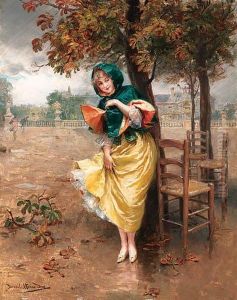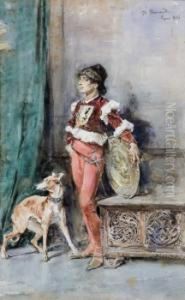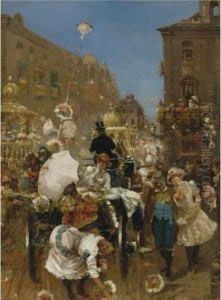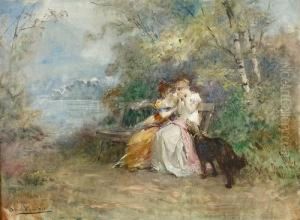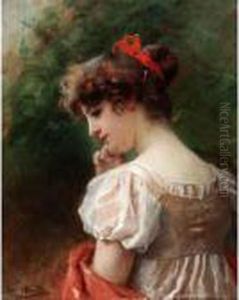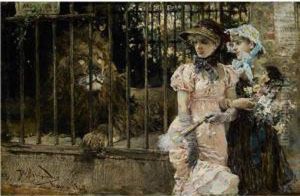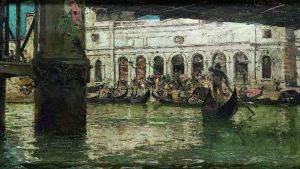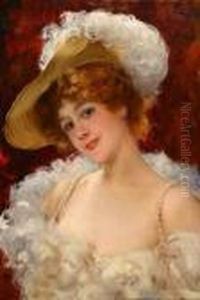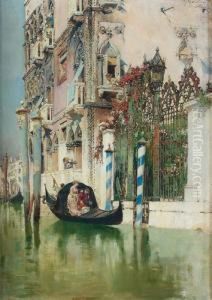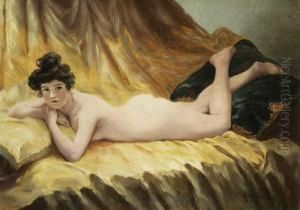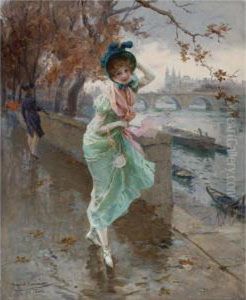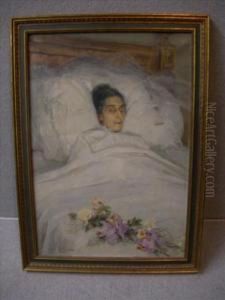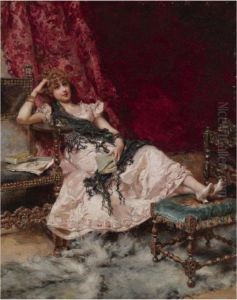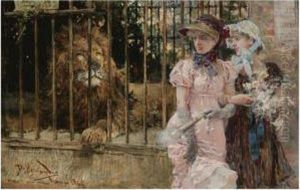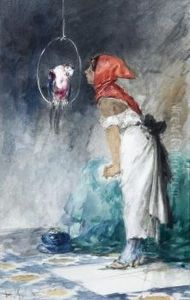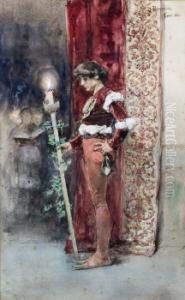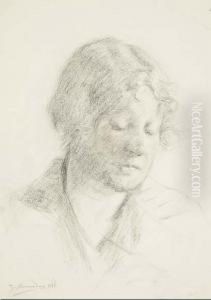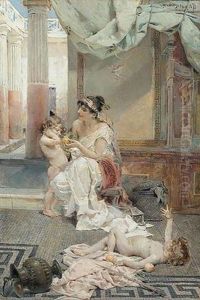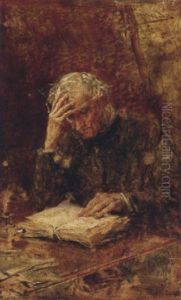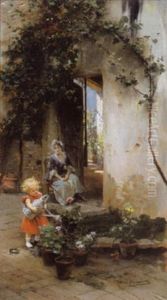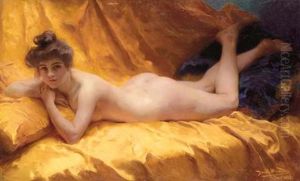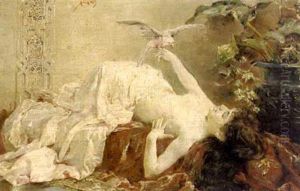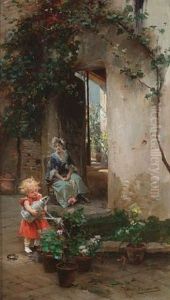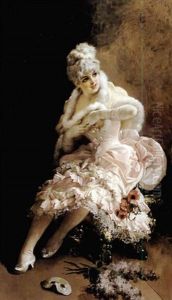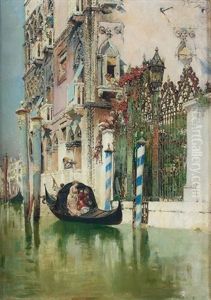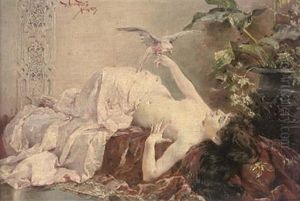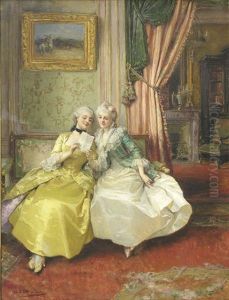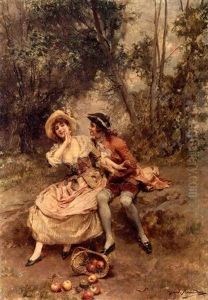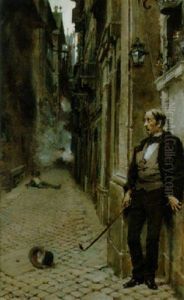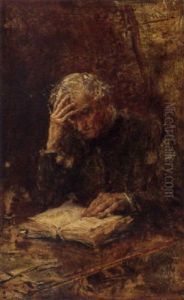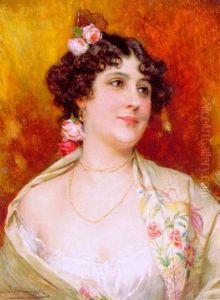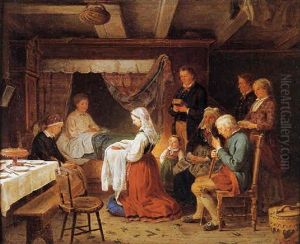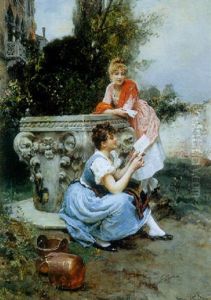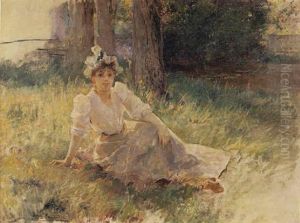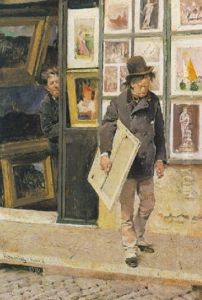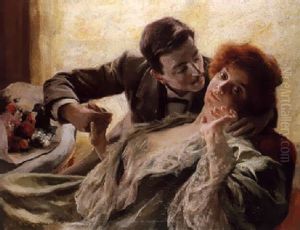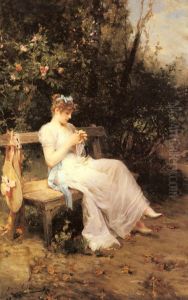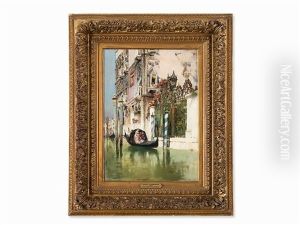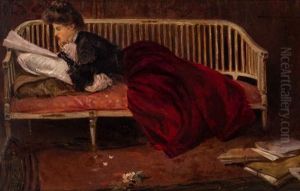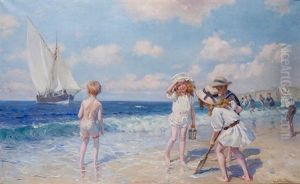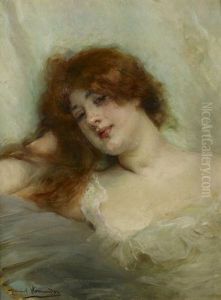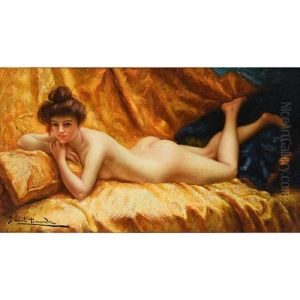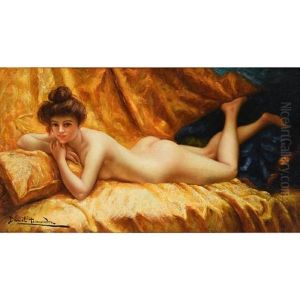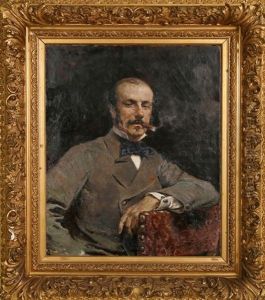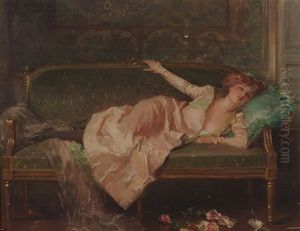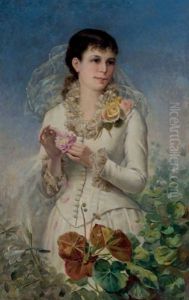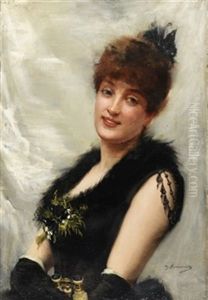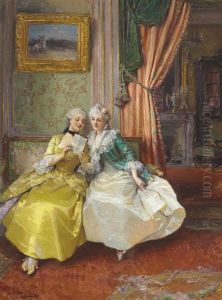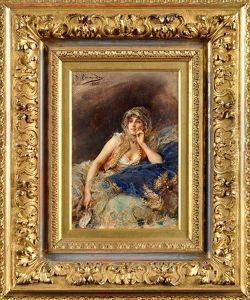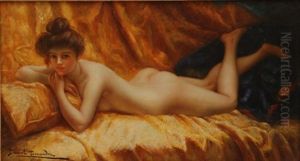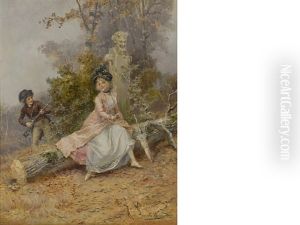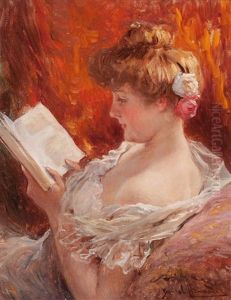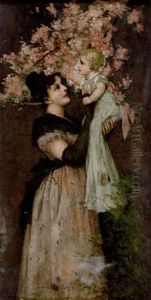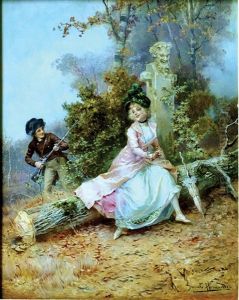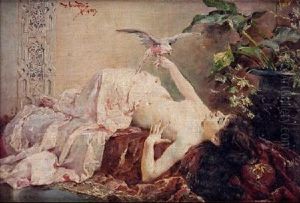Daniel Hernandez Morillo Paintings
Daniel Hernández Morillo, born on August 1, 1856, in Salcabamba, Peru, was a noted Peruvian painter who achieved fame for his work in both South America and Europe. He is often associated with the academic painting tradition of the late 19th and early 20th centuries.
Hernández showed an early interest in art and began his studies at the National Academy of Fine Arts in Lima. His talent was quickly recognized, and in 1874, he was awarded a government scholarship to travel to Europe to further his training. He settled in Paris, which was the epicenter of the art world at the time, and studied at the prestigious École des Beaux-Arts under the tutelage of renowned French artists such as Jean-Léon Gérôme and Léon Bonnat.
During his time in Europe, Hernández Morillo immersed himself in the academic style of painting, which emphasized classical techniques and subjects. He excelled in portraits and historical scenes, often drawing inspiration from the works of the Old Masters. His paintings were characterized by their meticulous detail, refined brushwork, and vibrant coloration.
Hernández Morillo achieved considerable success in Europe, exhibiting at various salons and receiving accolades for his work. In 1883, he won a silver medal at the Amsterdam International Exhibition, and in 1900, he was awarded the gold medal at the Universal Exposition in Paris.
Despite his European fame, Hernández never forgot his Peruvian roots. He returned to Peru in the early 20th century, where he continued to paint and became a significant figure in the country's cultural scene. He was appointed director of the National Academy of Fine Arts in Lima, a position he held until his death on October 23, 1932. In this role, he influenced a new generation of Peruvian artists, promoting the academic style and advocating for the importance of fine arts in the national identity.
Daniel Hernández Morillo's legacy is preserved in his numerous portraits and historical paintings, many of which are displayed in museums and galleries in Peru and abroad. His work remains a testament to the academic art tradition and his role as one of Peru's most celebrated artists.
